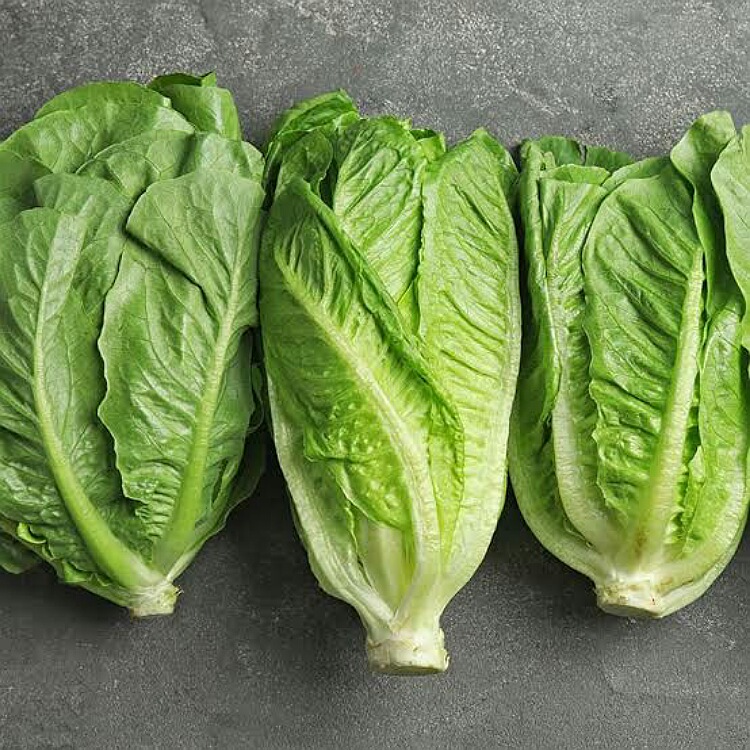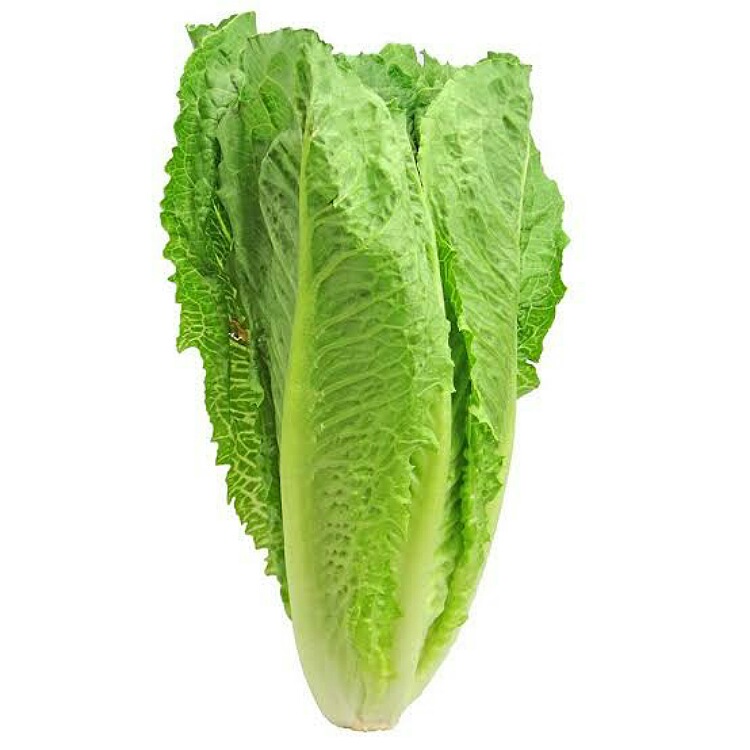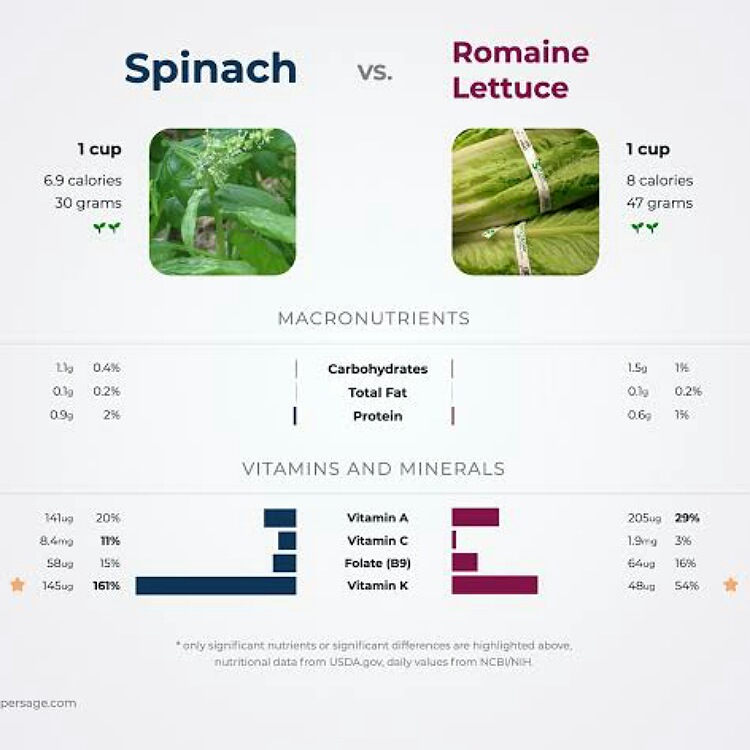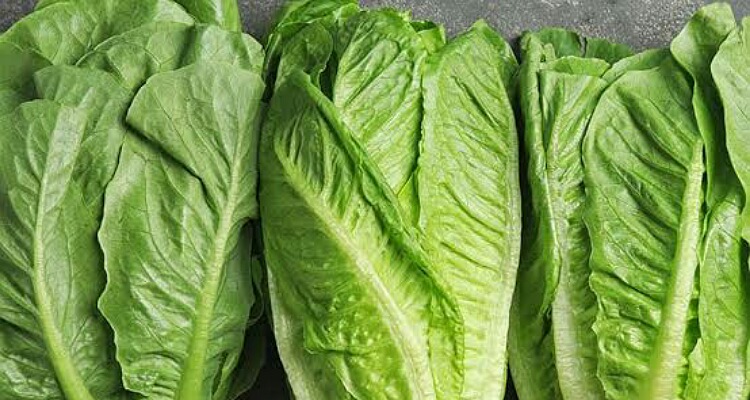Romaine lettuce is a kind of lettuce which has narrow elongated leaves and crispy crunch. What is the nutritive value of this dark green leafy vegetable? Does it have any special health benefits? How does it compare in relation with spinach?
Romaine lettuce: nutrition facts
Romaine lettuce is a sturdy and heart salad green. It has crispy crunchy elongated leaves. Unlike the iceberg lettuce, it stands taller. The iceberg lettuce, on the other hand has a round head but it is also crispy. Romaine is also called cos lettuce. And it has s neutral savory taste. It is low in sugars, carbs, and calories and high in minerals and vitamins.
The lettuce has just 8 calories in a cup serving. Carbs in this amount are 1 to 2 g. It has some fiber of around 1 g in a cup serving. Protein is a mere 0.6 g and total fat is just 0.2 g. But it is rich in calcium, magnesium, phosphorus, and potassium. Its sodium content is negligible.

Romaine is a good source of vitamin A in the form of beta carotene. Additionally, it is packed with folate, vitamin C and vitamin K. Fresh leaves are best to consume. The nutrients density is maximum in the outermost leaves that are more mature. Wash them thoroughly to remove dirt and debris before consumption.
It can be part of Caesar salad or other salads. One can halve it, brush with olive oil and grill it. It tastes good this way. It can be used for wraps and a substitute for sandwich bread.
Health benefits
Romaine comes with a lot of health benefits. The vitamin C content in it boosts immunity. It has calcium that strengthens bones and teeth. It also helps in build up, repair and function of body muscles and in nerve function too. This also plays a role in blood clotting mechanism of the body.

Romaine is high in antioxidants and these prevent inflammation, cancer, and chronic diseases. The vitamin K in it is good for blood coagulation, and also prevents bone mineral loss and fractures. Vitamin A supports eye health. It plays a role in cell growth and reproduction. The B complex vitamin, folate or folic acid has a role in cell growth, repair, division, DNA production, and formation of genetic matter. Phosphorus aids in making bones and teeth strong. The magnesium content is vital for enzymatic functions. They aid also in muscle relaxation. Potassium relaxes the blood vessels and keeps blood pressure under control. The low sodium too helps in this. All this benefits the heart and heart diseases are kept at bay.
Spinach vs romaine
Spinach has more calcium, iron, magnesium, and vitamin K. But there is a catch there. It also has high amounts of oxalate. The oxalate binds to calcium and prevents its gut absorption. Heather Mangieri, a spokeswoman for the American Dietetic Association explains:
“We don’t think of spinach being a great source of calcium because it’s high in oxalates, which bind with calcium and make it unavailable,”

Read more: How to make Spinach Gratin at home? (Rich, Creamy and Cheesy)
Boiling the spinach releases oxalate and nutrients into the water. More darker a green, more are its nutrients. But romaine is at the milder end of the green spectrum. Heather adds:
“It’s definitely a step up from iceberg lettuce,”
